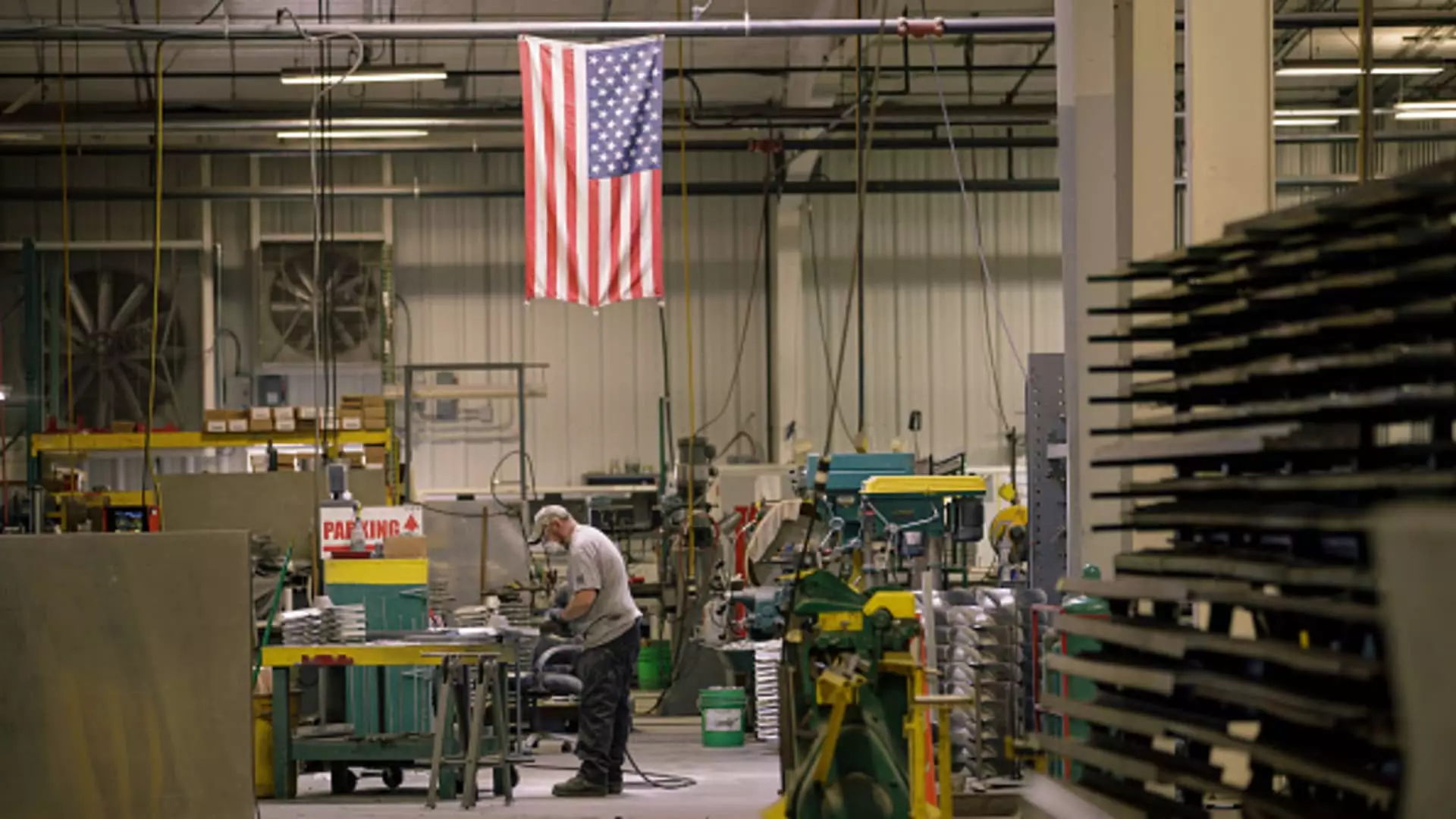The American Reshoring ETF, introduced by Tema ETFs CEO Maurits Pot, is focused on supporting the revival of U.S. manufacturing jobs. Pot believes that this movement, often referred to as “deglobalization,” is just beginning and emphasizes the importance of job creation and bringing back local manufacturing positions. This ETF was launched in May 2023 and has shown a significant increase in value, rising almost 37% since its inception.
While some may argue that thematic ETFs like the American Reshoring ETF may be short-lived, Todd Sohn from Strategas believes that investing in U.S. manufacturing is a solid strategy. Sohn highlights the potential for growth in the industrial sector, which has experienced a significant decrease in size in recent decades. He suggests that taking an active approach to investment in industrials can be beneficial in the long term compared to more trend-focused themes in the market.
Despite its initial success, the American Reshoring ETF has faced challenges in the past few months. The ETF is currently underperforming the broader market, with a decline of over 4% in the last three months. This underperformance could be attributed to various factors, including market fluctuations, economic conditions, or specific challenges within the manufacturing industry.
The future of U.S. manufacturing remains uncertain, with both opportunities and challenges on the horizon. While the American Reshoring ETF has shown promise in supporting local manufacturing jobs, ongoing efforts are needed to ensure sustained growth and success in the industry. As the global market continues to evolve, U.S. manufacturers will need to adapt to changing demands, technologies, and economic conditions to remain competitive and thriving in the long term.
The American Reshoring ETF and the broader U.S. manufacturing sector present both opportunities and challenges for investors. While the ETF has shown potential for growth, it also faces obstacles that need to be addressed to maintain its success. By understanding the current landscape of U.S. manufacturing and taking a strategic approach to investment, investors can navigate the evolving market and position themselves for long-term success in supporting local job creation and economic growth.

